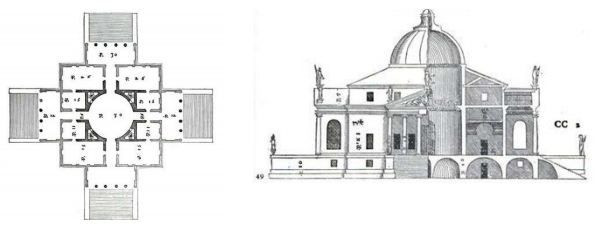Test Na Vnimateljnostj Shuljte Onlajn

• Attention all sophomores! The PSAT10 will be offered during the school day on Thursday, April 4th. The registration form is available online and in the NAI school counseling office. The fee for the test is $20.00.
Check and registration form is due in the NAI counseling office by 2:20 pm on Tuesday, March 26th, 2019. • Attention 9th Grade Students! Class Council Candidate applications for the 2019-2020 school year will be available starting Friday, March 8th until Tuesday, March 19th at 7:30am.
The Action Potential Self limiting V m approaches E na Na moves inward almost University of Florida PCB 4723 - Summer 2015. Allen GC, Larach MG, Kunselman AR: The sensitivity and specificity of the caffeine-halothane contracture test: a report from the North American Malignant Hyperthermia Registry. The North American Malignant Hyperthermia Registry of MHAUS.
Interested candidates should complete the application available on Blackboard. You will need to be logged into your NA account to apply. If you are interested planning activities for your class, motivated, and want to make a difference Class Council is for you! Augustana boston free mp3.
• Start your Fridays off the right way in the Acoustic Cafe. Located in The Lounge, relax, finish some homework, and listen to some friends and teachers perform on the Open Mic stage. Geibel starts the morning and then we go until the bell rings! Everybody is welcome! • Soon, the Yearbook Staff will be closing the window to order a yearbook. Don't get stuck on the outside!
Www.yearbookforever.com is the place to be! • Attention all dodgeball captains! All captains need to report to Room 511 during homeroom today to pick-up your team’s registration information. Registration information includes waiver forms and a captain’s checklist. Complete team registrations, with all members paid and waivers completed, will be accepted during lunch periods starting Monday, March 11 through Friday, March 15 in the cafeteria foyer. • Tiger THON is an annual event to help raise money to fight pediatric cancer. Every year, the North Allegheny community comes together to enjoy a night of dancing, games, and much more.
Starting Monday, buy your t-shirt ticket to Tiger THON, and unite with your friends and classmates to fight pediatric cancer. Shirts are only $25, but saving a life is priceless.
THE first descriptions of the syndrome that would eventually be named malignant hyperthermia (MH) were made in the early 1960s. By 1970, it became clear that alterations in skeletal muscle constituted the primary defect in MH. Through the collaboration of an outstanding pharmacologist, Werner Kalow, and a thoughtful clinical anesthesiologist, Beverly Britt, the basic elements of the common test for MH were described. Kalow and Britt subjected biopsied muscle to graded increments of caffeine, demonstrating a leftward shift of the dose–response curve in muscle from patients who had experienced an episode of MH. Described how muscle from these patients developed contractures to clinical concentrations of halothane in vitro.
Between 1970 and 1985, testing was standardized ( e.g., which muscle to biopsy, exposure regimens, diagnostic thresholds) to develop an accurate diagnostic test for MH. Two slightly different protocols emerged: a European version and a North American version, both using halothane alone and caffeine alone as the testing reagents.
Meanwhile, in Japan, a slightly different approach was developed using muscle fibers that were chemically or mechanically “skinned.” This review summarizes the clinical evaluation of the patient with presumed MH susceptibility (MHS) and describe tests that are used in this evaluation. In general, suitable patients for biopsy include those with a family history of MH or who display unexplained hypercarbia, and those who exhibit perioperative rhabdomyolysis (). By itself, massive rhabdomyolysis in association with hyperkalemia and cardiac arrest is usually not MH. Nonetheless, some experts advise muscle biopsy, as much for histology and analysis for dystrophin to detect muscular dystrophy as to exclude MH. Exercise-induced rhabdomyolysis has also been associated with MH. MH is a hypermetabolic disorder, and many other diseases and conditions can mimic it.